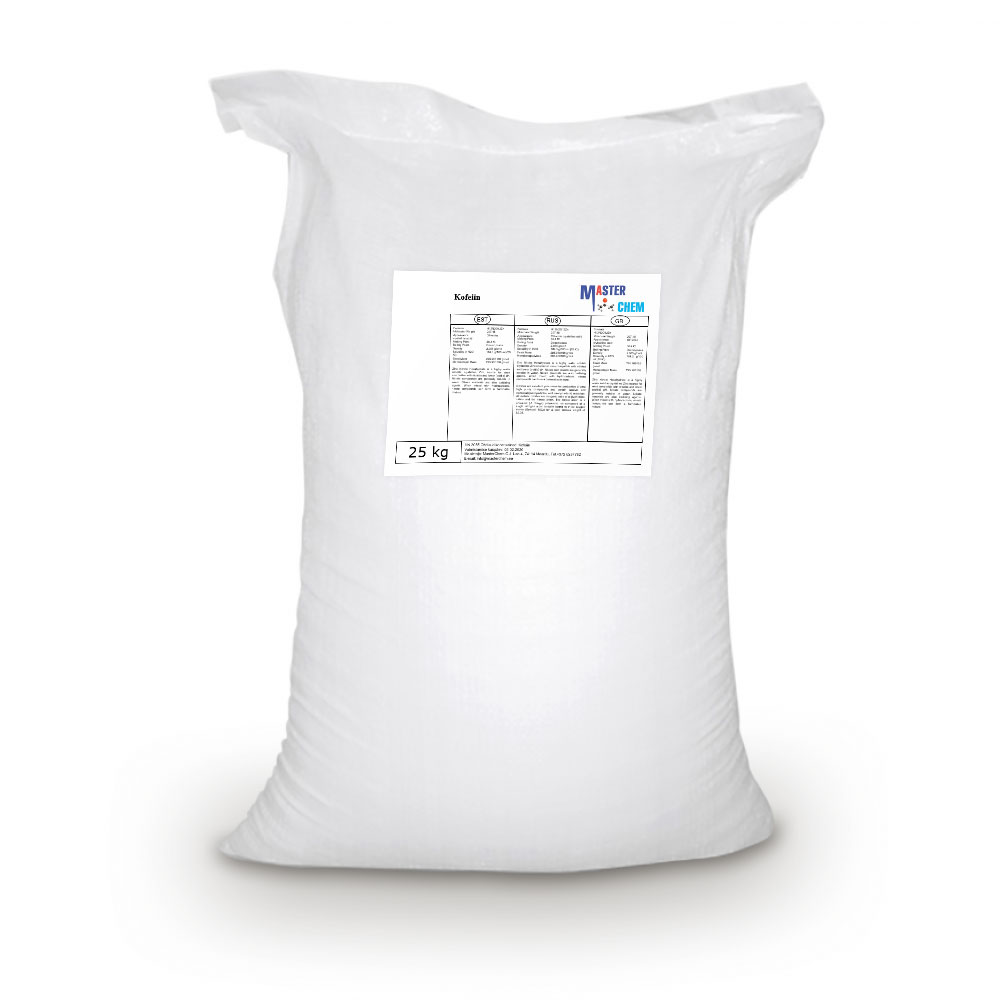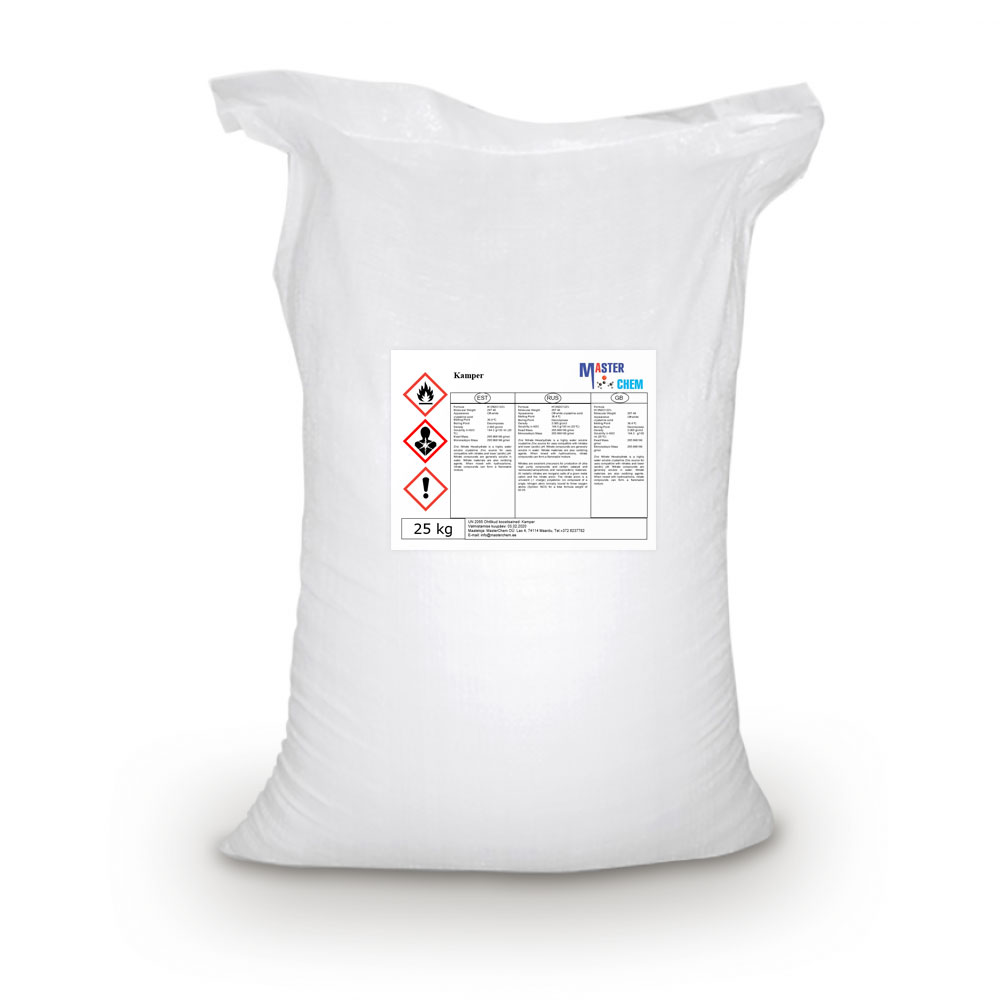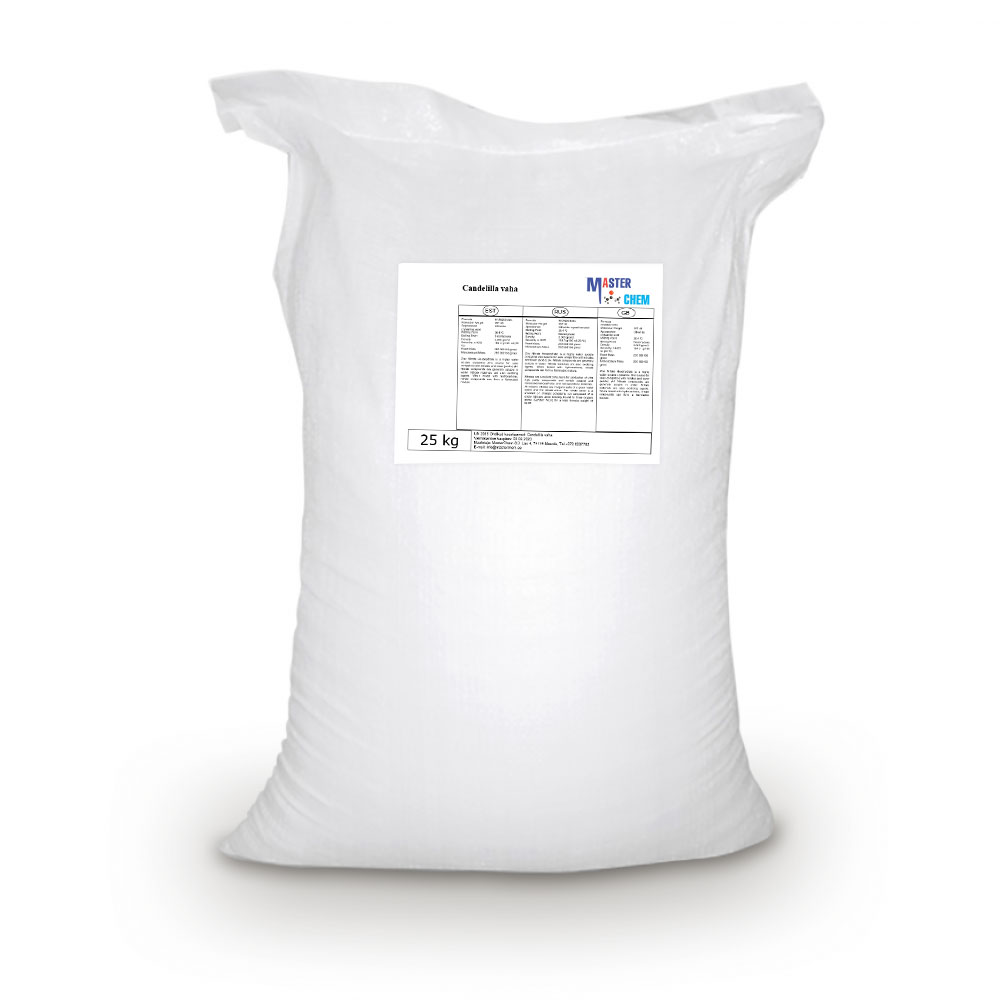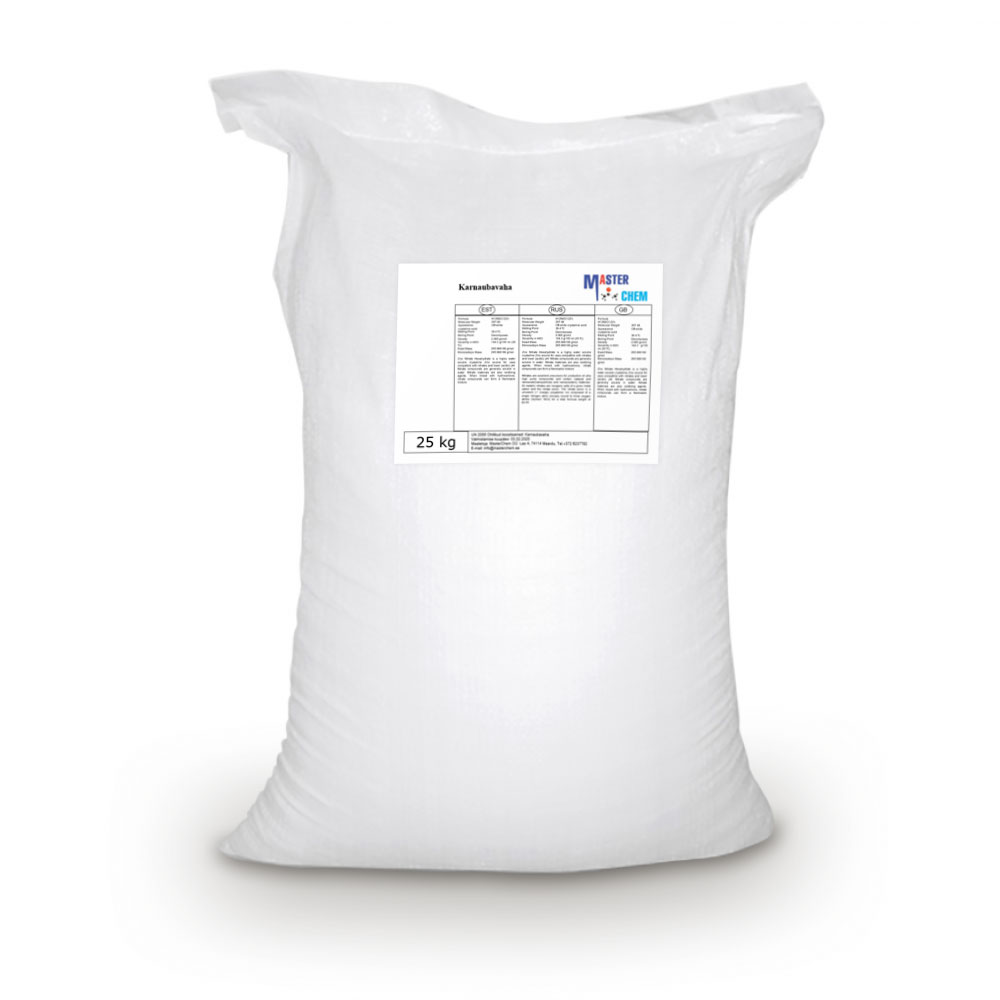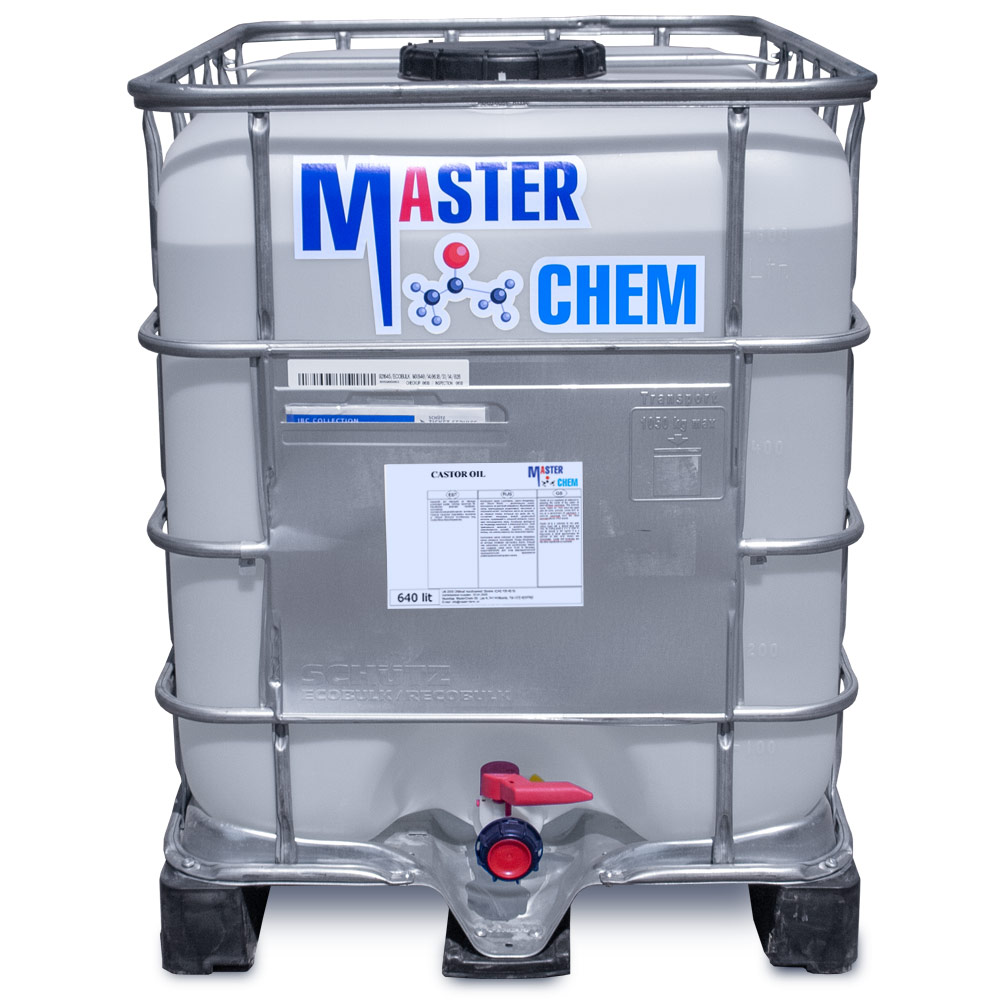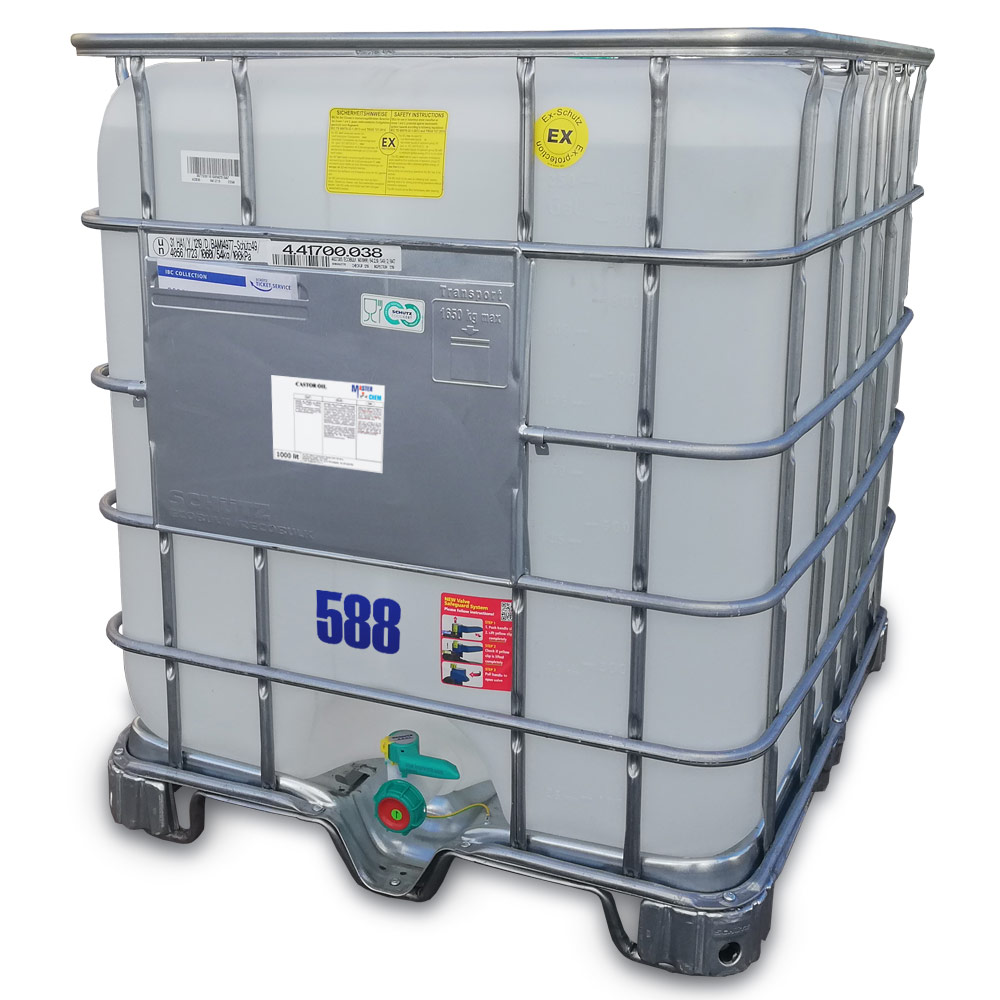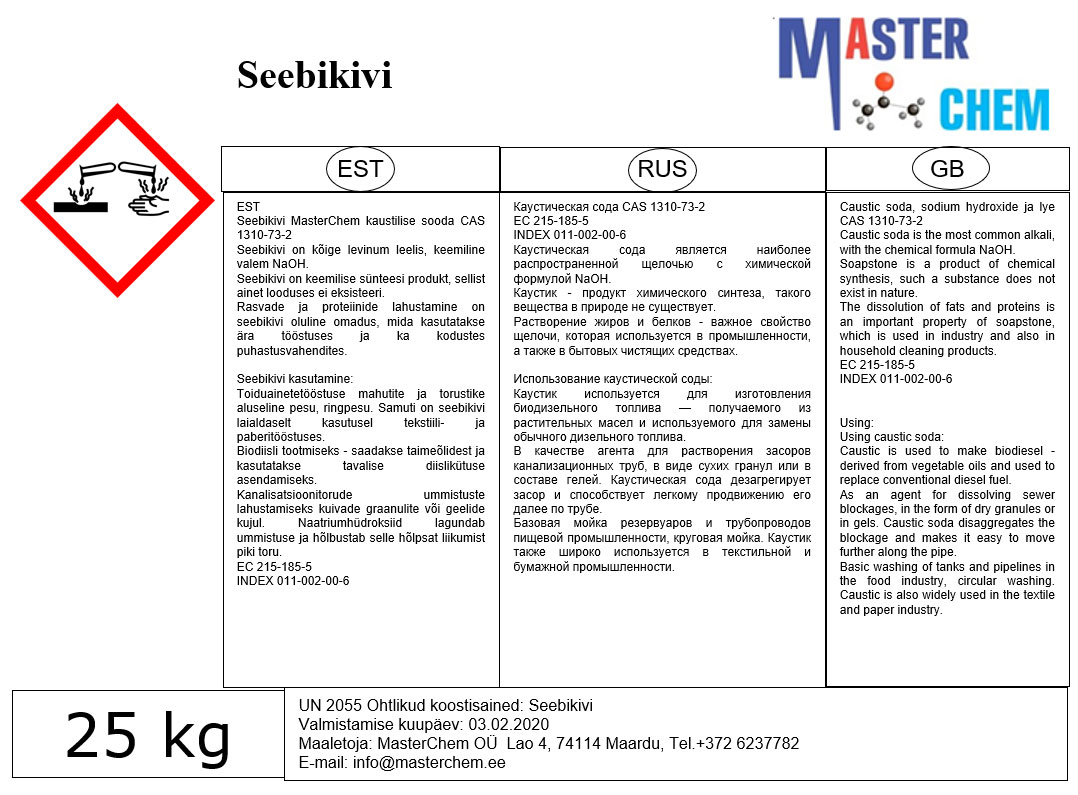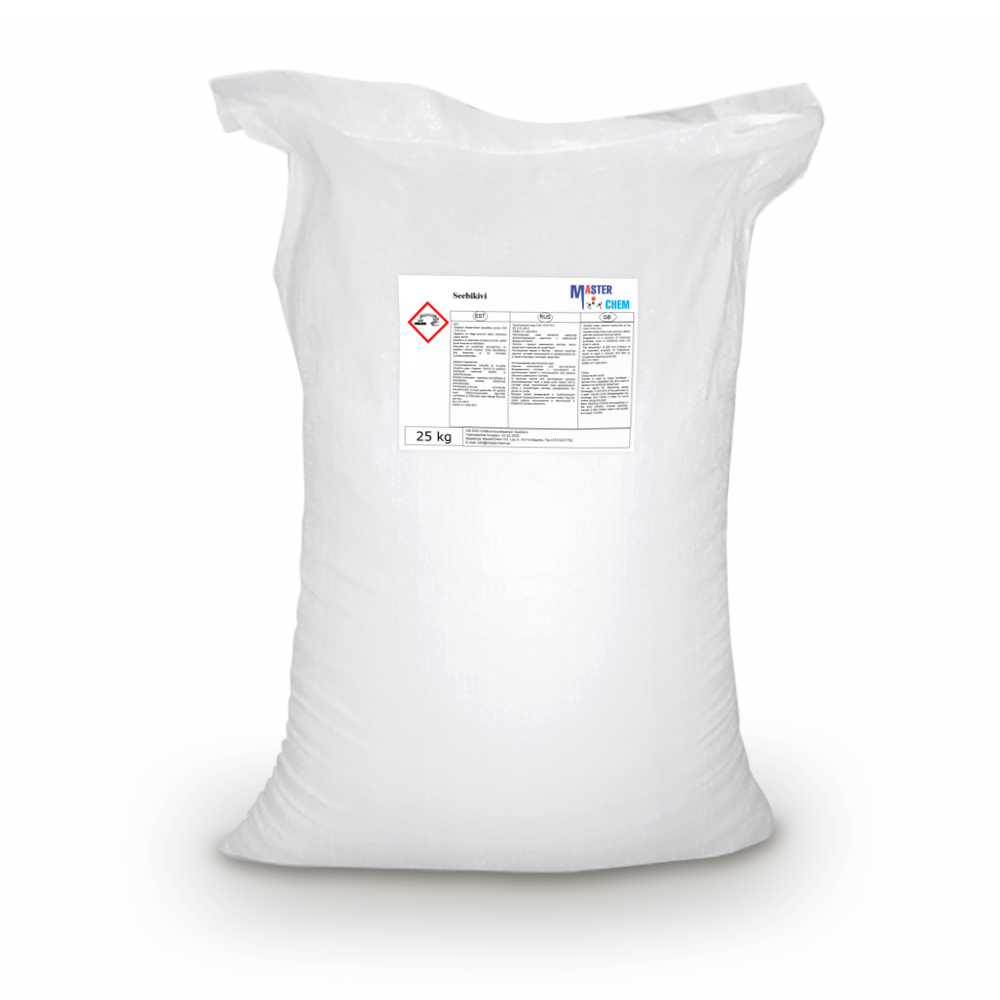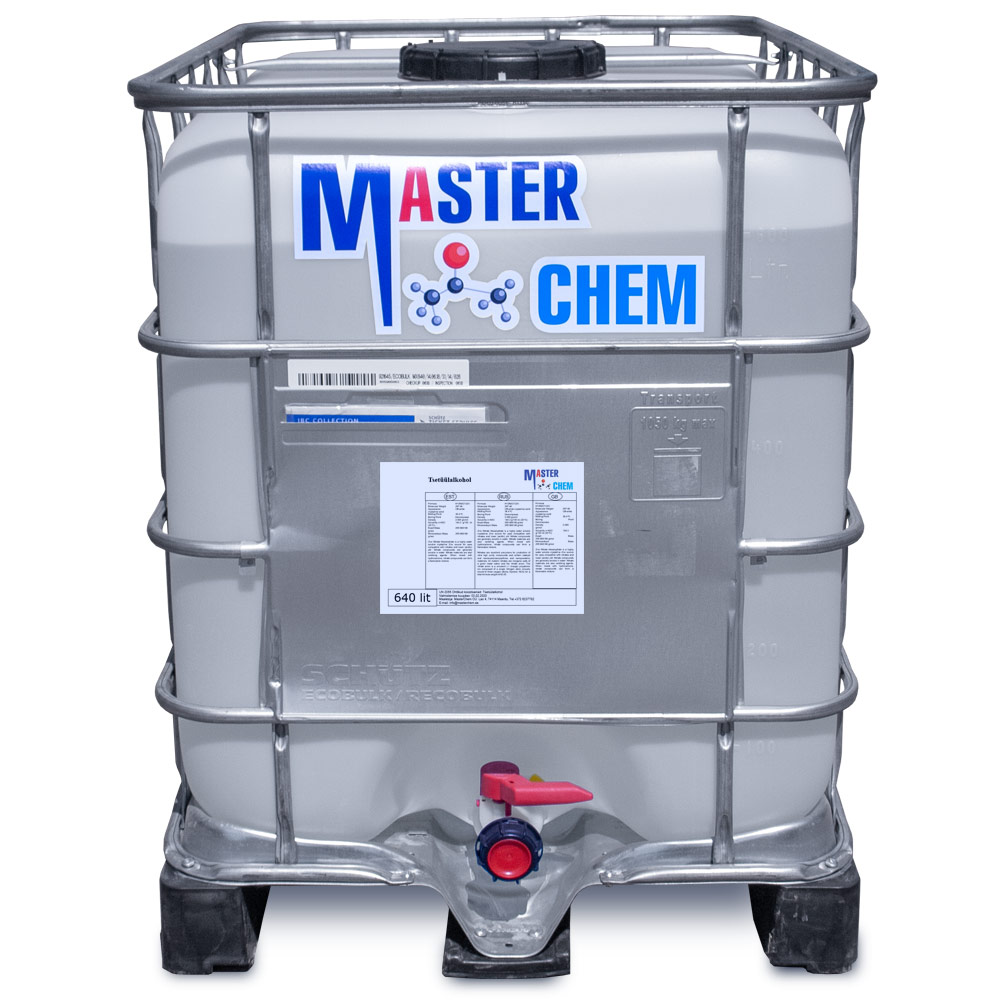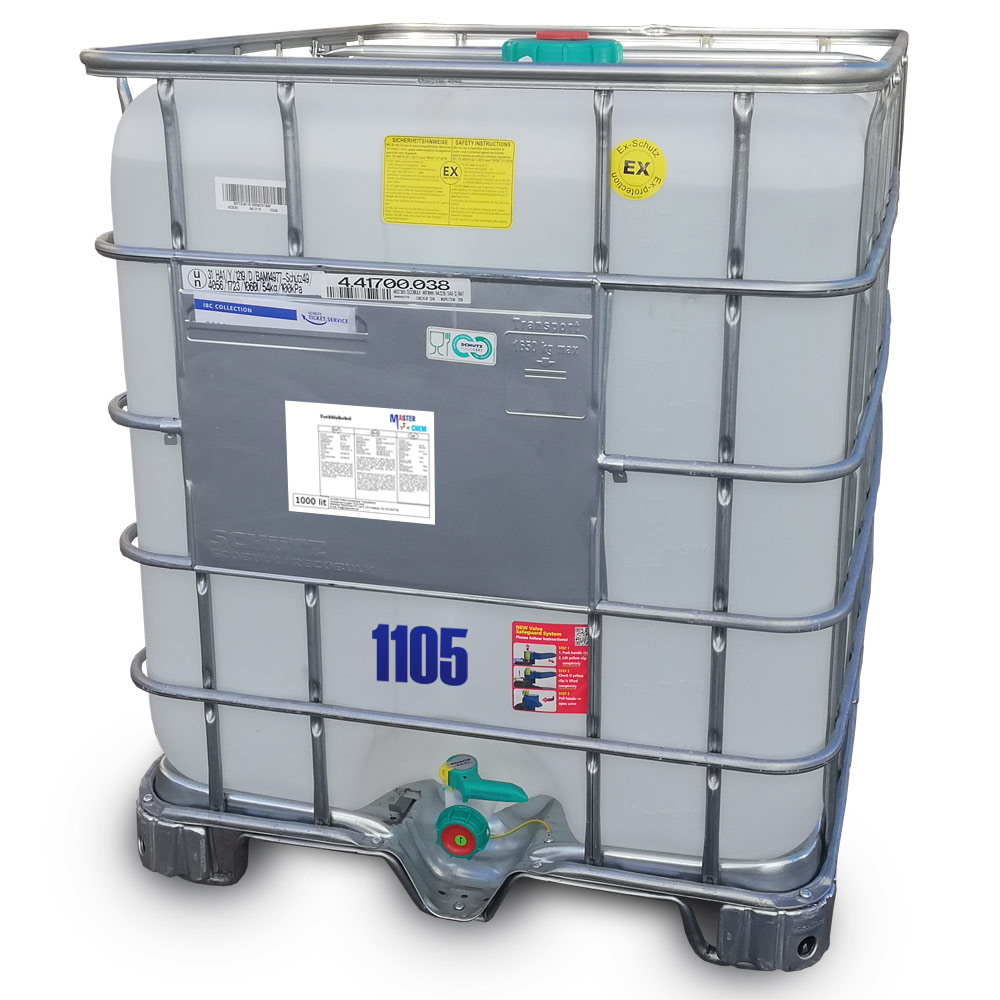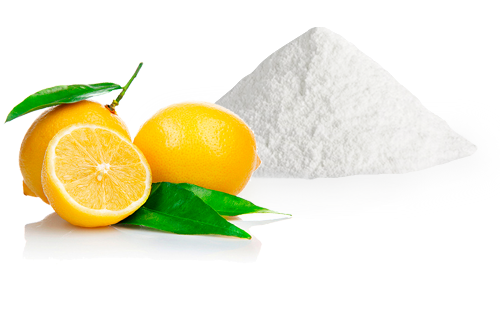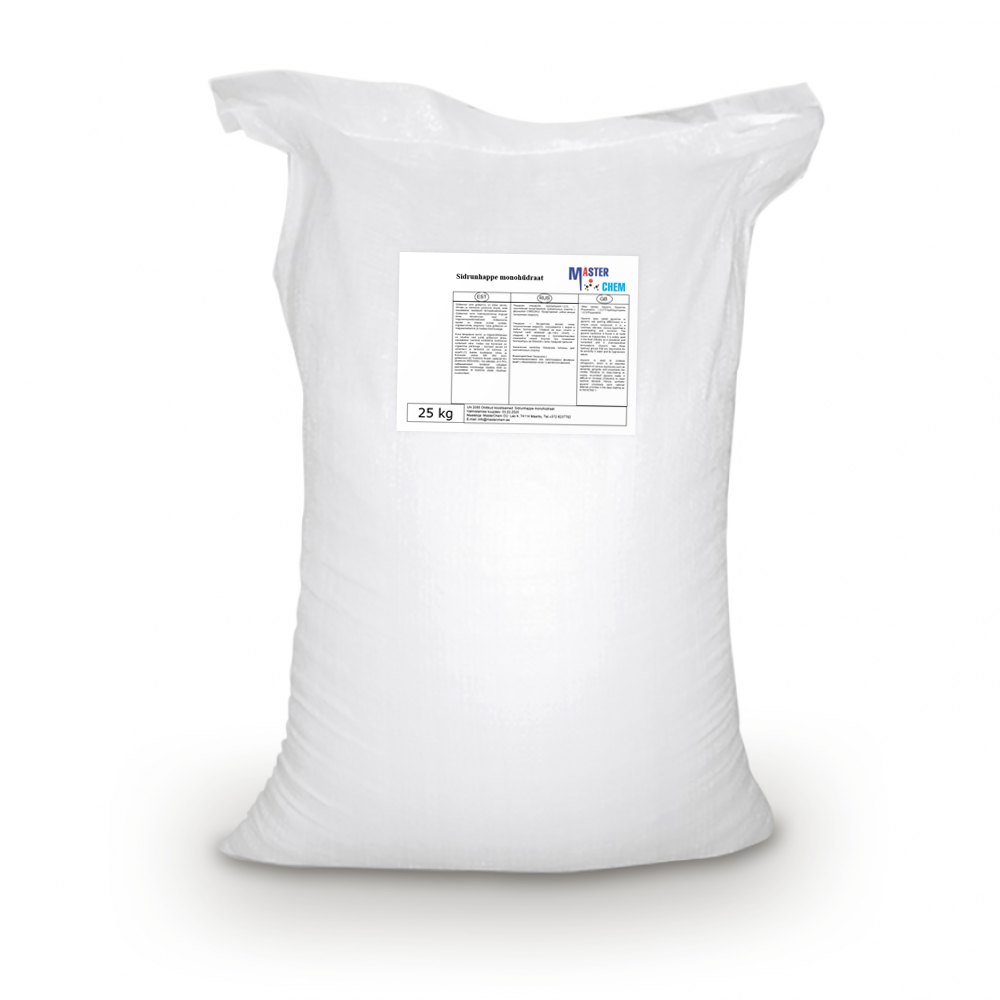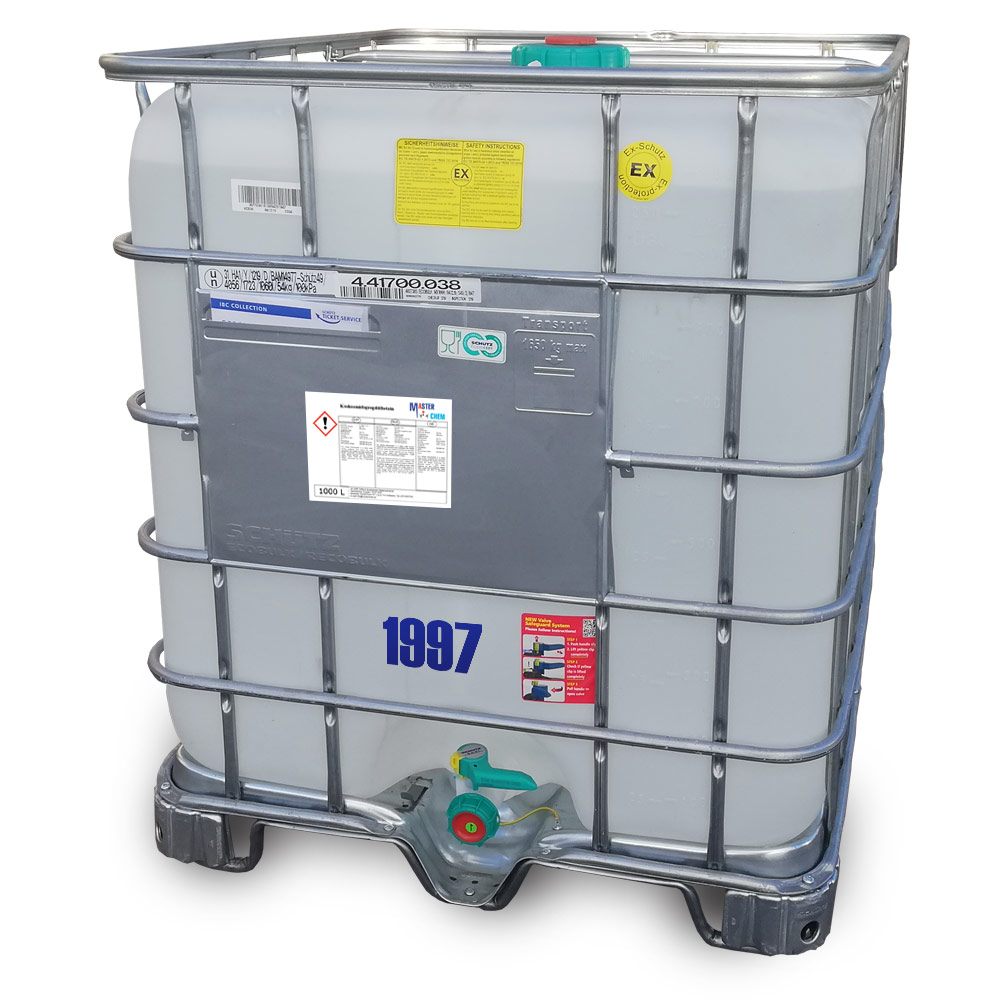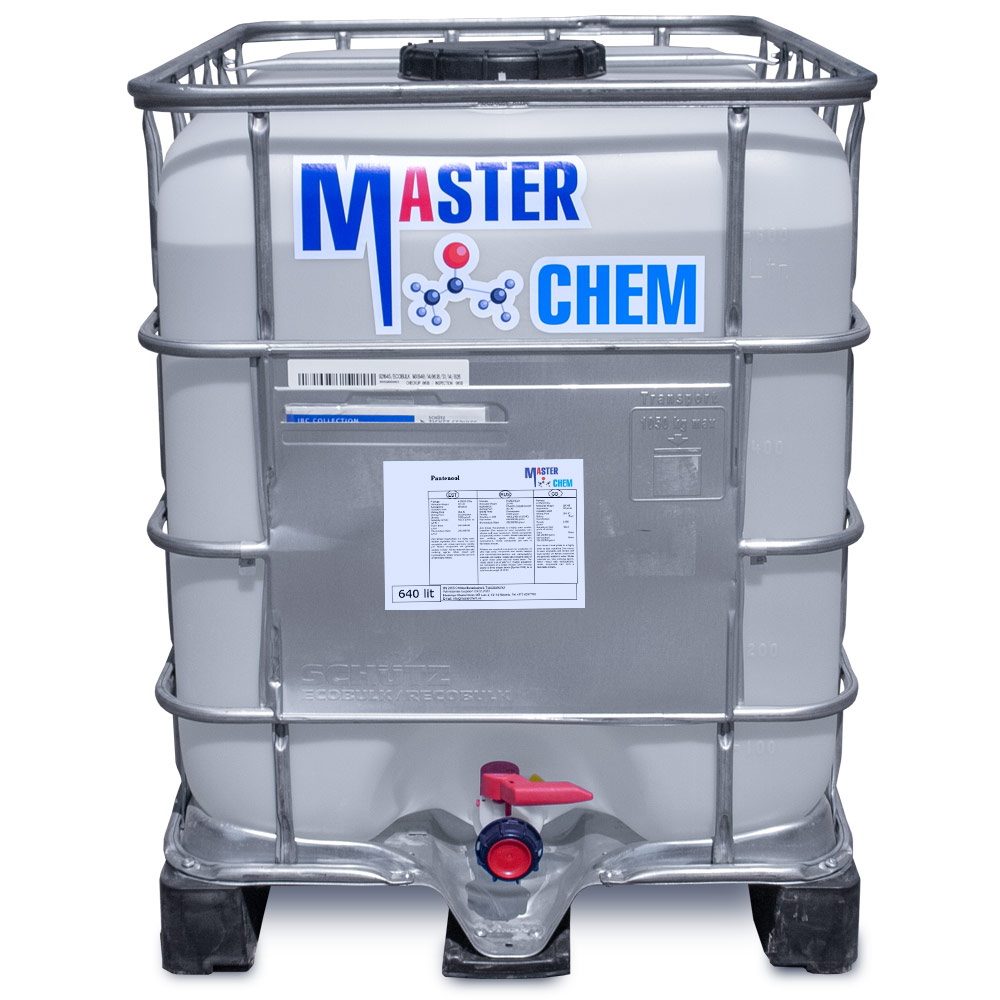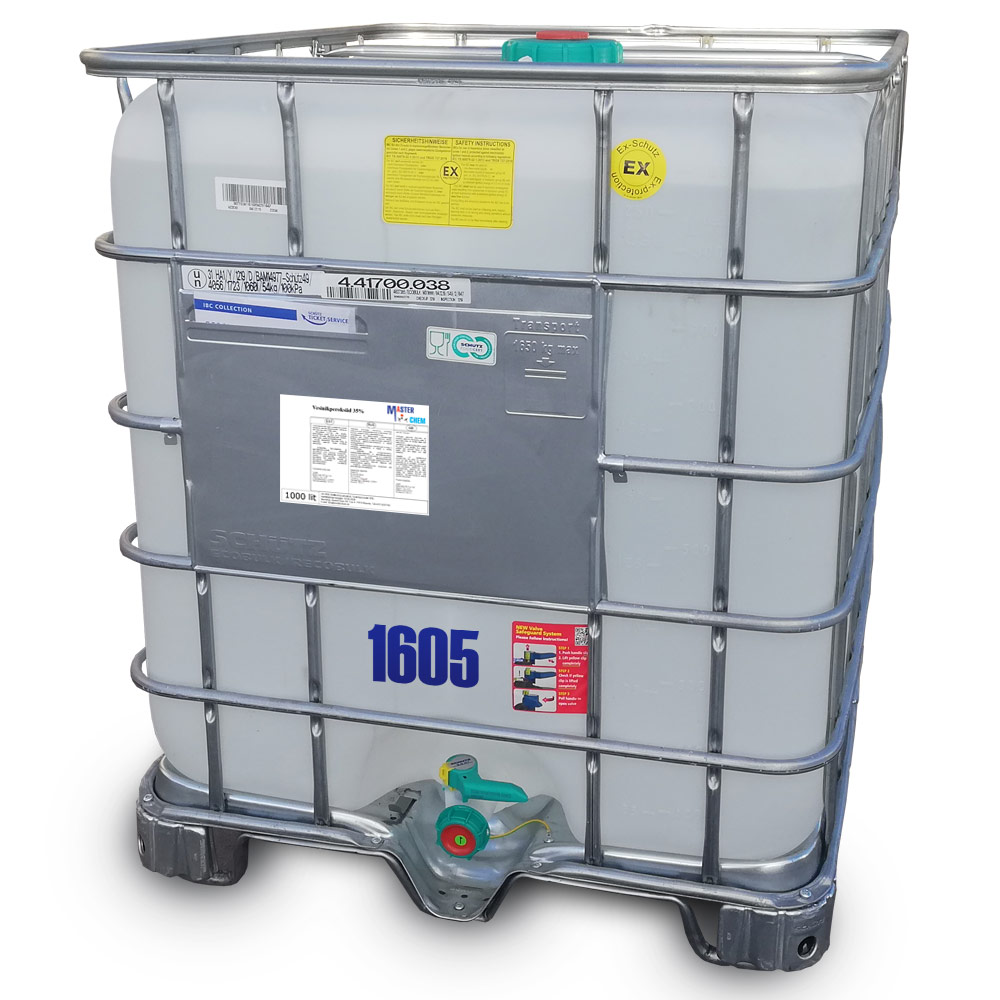Currently Empty: €0.00
Caffeine (CAS 58-08-2)
Caffeine (CAS 58-08-2)
Trimethylated xanthine that acts as a potent central nervous system stimulant. At higher doses, produces tachycardia and interferes with the uptake and storage of Ca2+ by the sarcoplasmic reticulum in skeletal muscle. Prevents apoptosis and cell cycle effects induced by Camptothecin (Cat. No. 208925) and topotecan in HL-60 cells.
Caffeine, CAS 58-08-2, is a trimethylated xanthine that acts as a potent central nervous system stimulant. At higher doses, produces tachycardia.
Camphor (CAS 21368-68-3)
Camphor (CAS 21368-68-3)
Camphor appears as a colorless or white colored crystalline powder with a strong mothball-like odor. About the same density as water. Emits flammable vapors above 150°F. Used to make moth proofings, pharmaceuticals, and flavorings.
Candelilla wax (CAS 8006-44-8)
Candelilla wax (CAS 8006-44-8)
Candelilla wax is a wax derived from the leaves of the small Candelilla shrub native to northern Mexico and the southwestern United States, Euphorbia cerifera and Euphorbia antisyphilitica, from the family Euphorbiaceae. It is yellowish-brown, hard, brittle, aromatic, and opaque to translucent.
It is mostly used mixed with other waxes to harden them without raising their melting point. As a food additive, candelilla wax has the E number E 902 and is used as a glazing agent. It also finds use in cosmetic industry, as a component of lip balms and lotion bars. One of its major uses is as a binder for chewing gums.
Candelilla wax can be used as a substitute for carnauba wax and beeswax. It is also used for making varnish.
Carnauba wax (CAS 8015-86-9)
Carnauba wax (CAS 8015-86-9)
Carnauba wax occurs as a light brown- to pale yellow-colored powder, flakes, or irregular lumps of a hard, brittle wax. It has a characteristic bland odor and practically no taste. It is free from rancidity. Various types and grades are available commercially.
Wherever a hard, high-polish wax is desired, e.g. in automobile waxes, floor wax emulsions, high quality shoe polishes, in the paper industry (especially for making carbon papers). As a plasticizer in dental impression compounds. To raise the melting point of other waxes; often used together with candelilla wax. The presence of the lower-melting ouricury wax is considered as an adulteration. Purified and bleached carnauba wax is used for cosmetic materials, such as depilatories and deodorant sticks. In pharmacy as the last stage in tablet coating. Skin sensitization or irritation by carnauba wax seems infrequent.
Uses carnauba wax is used to firm and texturize cosmetic preparations, and give them a less fluid consistency. Carnauba wax also forms a protective layer on the skin’s surface. It has the highest melting point among natural plant waxes and does not usually cause allergic reactions. This wax is obtained from leaves and leaf buds of the Brazilian wax palm.
Uses Carnauba Wax is a general purpose food additive that is a hard and brittle wax. it is obtained from the leaf buds and leaves of the brazilian wax palm copernicia cerifera. it is the hardest wax known and is used in candy glaze.
Castor oil (CAS 8001-79-4)
Castor oil is a vegetable oil obtained by pressing the seeds of the castor oil plant (Ricinus communis). The common name “castor oil”, from which the plant gets its name, probably comes from its use as a replacement for castoreum, a perfume basemade from the dried perineal glands of the beaver
CAS 8001-79-4
Caustic soda (CAS 1310-73-2)
Caustic soda, sodium hydroxide ja lye CAS 1310-73-2
Caustic soda is the most common alkali, with the chemical formula NaOH.
Soapstone is a product of chemical synthesis, such a substance does not exist in nature.
The dissolution of fats and proteins is an important property of soapstone, which is used in industry and also in household cleaning products.
EC 215-185-5
INDEX 011-002-00-6
Cetyl alcohol (CAS 36653-82-4)
Cetyl alcohol (CAS 36653-82-4)
Cetyl alcohol, also known as hexadecan-1-ol and palmityl alcohol, is a C-16 fatty alcohol with the formula CH3(CH2)15OH. At room temperature, cetyl alcohol takes the form of a waxy white solid or flakes. The name cetyl derives from the whale oil (cetacea oil, from Latin: cetus, lit. ’whale’, from Ancient Greek: κῆτος, romanized: kētos, lit. ’huge fish’) from which it was first isolated.
Cetyl alcohol is used in the cosmetic industry as an opacifier in shampoos, or as an emollient, emulsifier or thickening agent in the manufacture of skin creams and lotions. It is also employed as a lubricant for nuts and bolts, and is the active ingredient in some “liquid pool covers” (forming a non-volatile surface layer to reduce water evaporation, related latent vaporization heat loss, and thus to retain heat in the pool). Moreover, it can also be used as a non-ionic co-surfactant in emulsion applications.
Citric acid (CAS 77-92-9)
Citric acid is a weak organic acid that has the chemical formula C6H8O7
It occurs naturally in citrus fruits. In biochemistry, it is an intermediate in the citric acid cycle, which occurs in the metabolism of all aerobic organisms.More than two million tons of citric acid are manufactured every year. It is used widely as an acidifier, as a flavoring and a chelating agent.
CAS: 77-92-9
Citric Acid Monohydrate (CAS 5949-29-1)
Citric Acid Monohydrate (CAS 5949-29-1)
Citric Acid Monohydrate is a tricarboxylic acid found in citrus fruits. Citric acid is used as an excipient in pharmaceutical preparations due to its antioxidant properties. It maintains stability of active ingredients and is used as a preservative. It is also used as an acidulant to control pH and acts as an anticoagulant by chelating calcium in blood.
Cocoa butter (CAS 8002-31-1)
Cocoa butter (CAS 8002-31-1)
Cocoa butter, also called theobroma oil, is a pale-yellow, edible fat extracted from the cocoa bean (Theobroma cacao). It is used to make chocolate, as well as some ointments, toiletries, and pharmaceuticals. Cocoa butter has a cocoa flavor and aroma. Its melting point is slightly below human body temperature. It is an essential major ingredient of chocolate and related confectionary products.
Cocoamidopropyl betaine (CAS 61789-40-0)
Cocoamidopropyl betaine (CAS 61789-40-0)
Cocamidopropyl Betaine, or CAB/CAPB for short, is a widely-used amphoteric surfactant. It’s a mild coconut-derived active ingredient, increasingly used as an emulsifier, thickener, and foaming agent in various household detergents, personal care products, and cosmetics, especially in gentle baby care products, such as baby shampoos and baby bubble baths.
Thanks to its mildness and compatibility with other surfactants, Cocamidopropyl Betaine has been a popular choice as a primary or secondary surfactant in an extensive range of formulas. CAPB can have excellent synergistic effects with other surfactants in formulas, to achieve higher viscosity, richer foam, and lower irritation to the skin and eyes.
D-Panthenol (CAS 81-13-0)
D-Panthenol (CAS 81-13-0)
Panthenol (also called pantothenol) is the alcohol analog of pantothenic acid (vitamin B5), and is thus a provitamin of B5. In organisms, it is quickly oxidized to pantothenic acid. It is a viscous transparent liquid at room temperature. Panthenol is used in pharmaceutical and cosmetic products as a moisturizer and to improve wound healing.
Panthenol is an odourless, slightly bitter, highly viscous, transparent, and colourless liquid at room temperature, but salts of pantothenic acid (for example sodium pantothenate) are powders that are typically white. It is easily soluble in water and alcohol, moderately soluble in diethyl ether, soluble in chloroform (1:100), in propylene glycol, and slightly soluble in glycerin.

